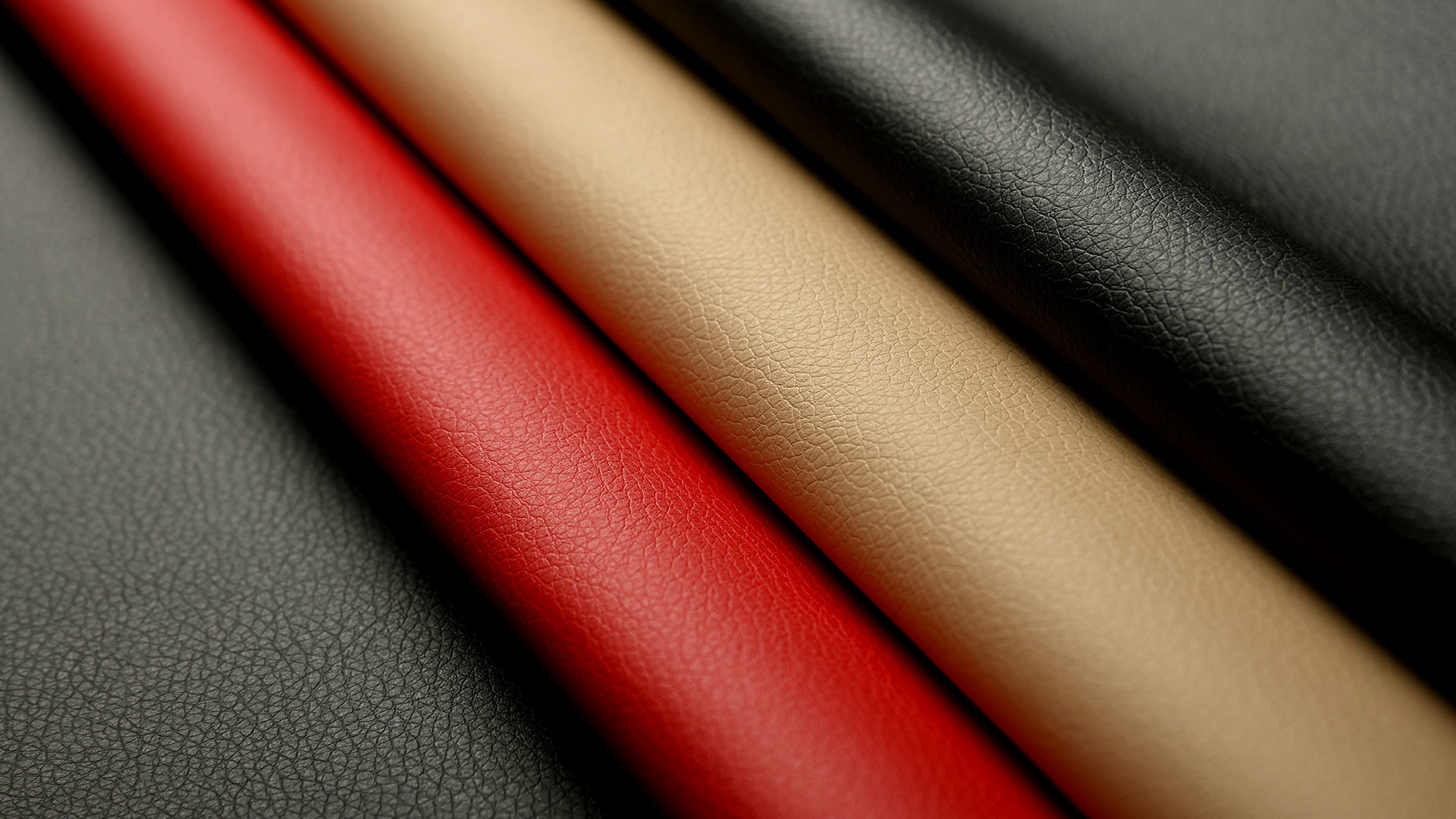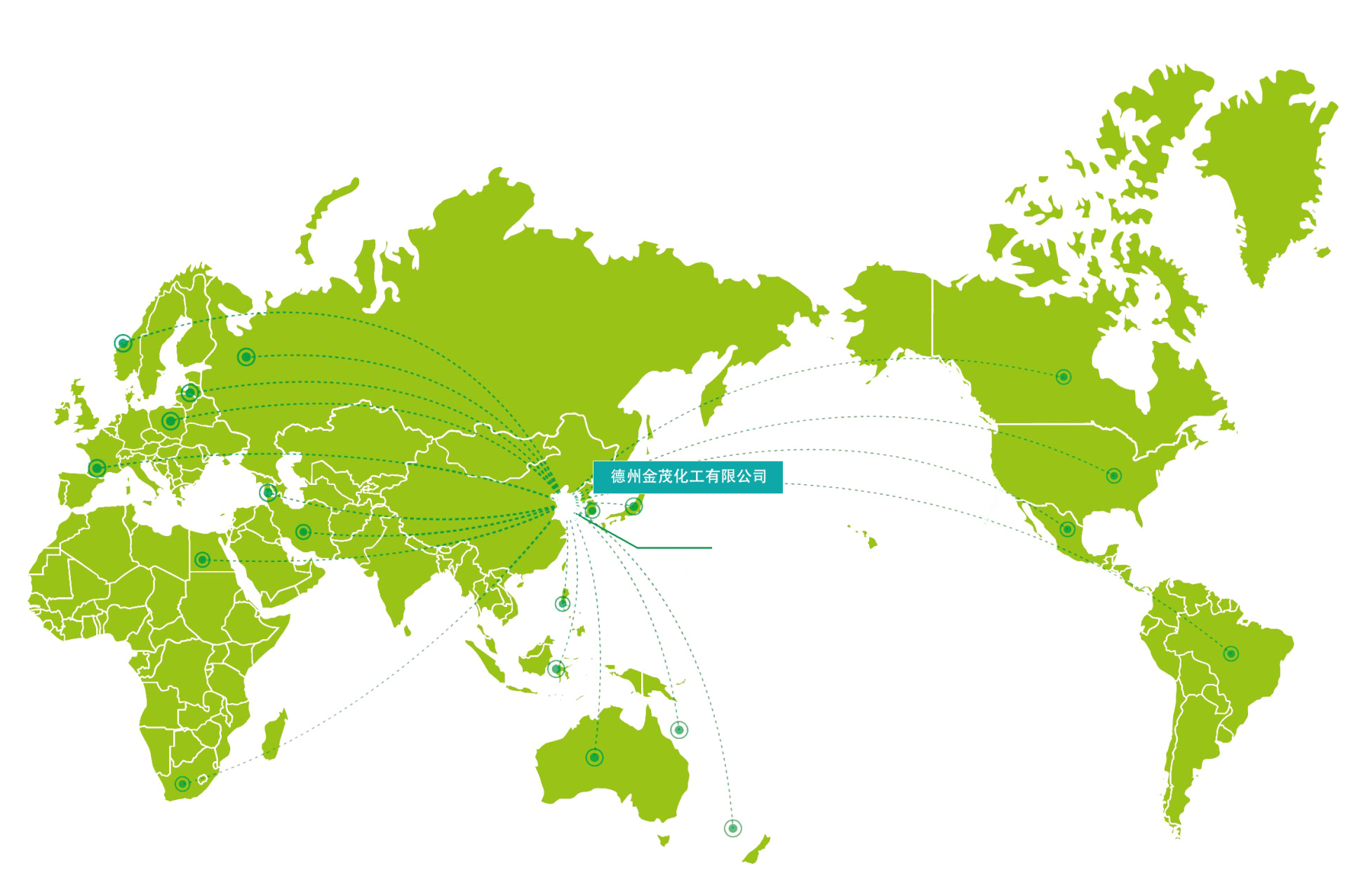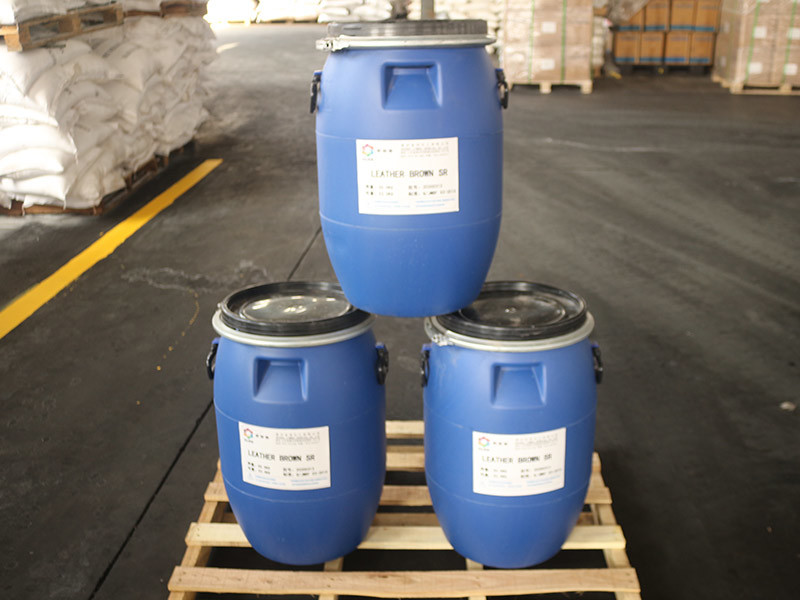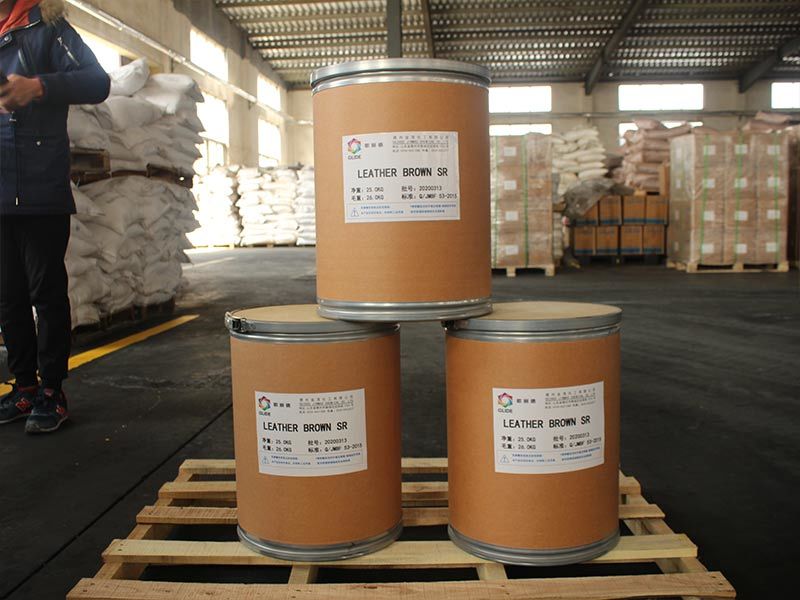What are the characteristics of leather dyes?
Leather dyeThe manufacturer believesFiber-friendly leveling agents generally have smaller molecules and move faster than dye molecules. In addition, they are usually added to the dye bath before dyeing, so they can first occupy the positions that dye molecules should occupy on the leather collagen fibers. However, dye molecules are larger, and although they move more slowly, they have a greater affinity for leather collagen fibers. Therefore, dye molecules can replace most of the leveling agent molecules attached to the collagen fibers. This process delays the dyeing time of the dye, which is beneficial for the penetration of the dye and the uniform distribution of the dye on the collagen fibers, thus achieving the purpose of slow dyeing and leveling. This leveling agent does not havethe "transfer dyeing" function.
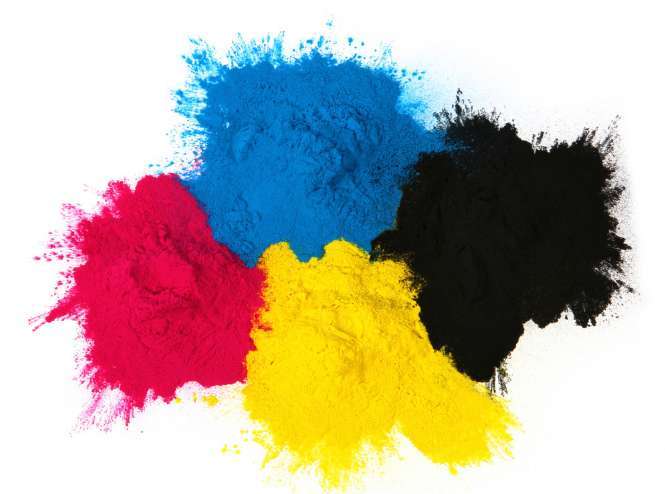
Leather dyeThe manufacturer believesFiber-friendly leveling agents for leather are basically dispersants in the printing and dyeing industry, also known as dispersing agents. A representative variety used earlier is the dispersantNNO, whose chemical name is sodium methylene dinaphthalenesulfonate or dinaphthalenemethanesulfonate. It belongs to anionic leveling agents.
Leather dyeThe manufacturer believesIn aromatic sulfonate dispersants, the dispersantNNO has a very simple structure. To improve the performance of the dispersant, a series of improved products were later developed. For example, dispersant MF is prepared from methyl naphthalene as the starting material through a preparation reaction similar to that of dispersant NNO, and its chemical name is sodium methylene dimethyl naphthalenesulfonate. The dispersing performance and high-temperature resistance of dispersant MF are superior to those of dispersant NNO.
Leather dyeThe manufacturer believesBenzyl chloride and refined naphthalene are condensed in the presence of concentrated sulfuric acid, sulfonated with sulfuric acid, and then condensed with formaldehyde to produce the dispersantCNF. It appears as a dark brown powder, is easily soluble in water, and is hygroscopic. This product has good dispersibility, non-foaming properties, and permeability. Its dispersibility, leveling ability, and high-temperature resistance are all superior to those of dispersants NNO and MF.
Some materials(or substances) can react with dyes, causing the reflected spectrum of the dye to shift towards longer wavelengths, i.e., redshift, while the absorption intensity of the dye increases, resulting in a color enhancement effect. These materials are called blackening agents. Most deepening agents also have a fixing effect.
Leather dyeThe manufacturer believesWith the widespread application of anionic vinyl polymer retanning(filling) agents and anionic aromatic synthetic tanning agents in light leather production, their "fading" effect has attracted attention. To solve the fading problem, the development of deepening agents has received much attention. The dyes used for leather dyeing are mainly anionic dyes, and the materials that can deepen and fix these dyes mainly include multivalent metal salts, nitrogen-containing compounds, and derivative products based on these materials.
Leather dyeThe manufacturer believesDyes that can chelate with multivalent metal ions, after treatment with multivalent metal ions, can not only produce a color enhancement effect but also generate low water-soluble metal complexes on the fibers, thereby reducing the water solubility of the dye and improving its wet processing fastness and light fastness. Commonly used multivalent metal ions in the leather industry include trivalent chromium salts, trivalent aluminum salts, and rare earth metal ions; in the printing and dyeing industry, there are divalent copper ions, such as copper sulfate, copper acetate, and sodium tartrate.
Latest developments


